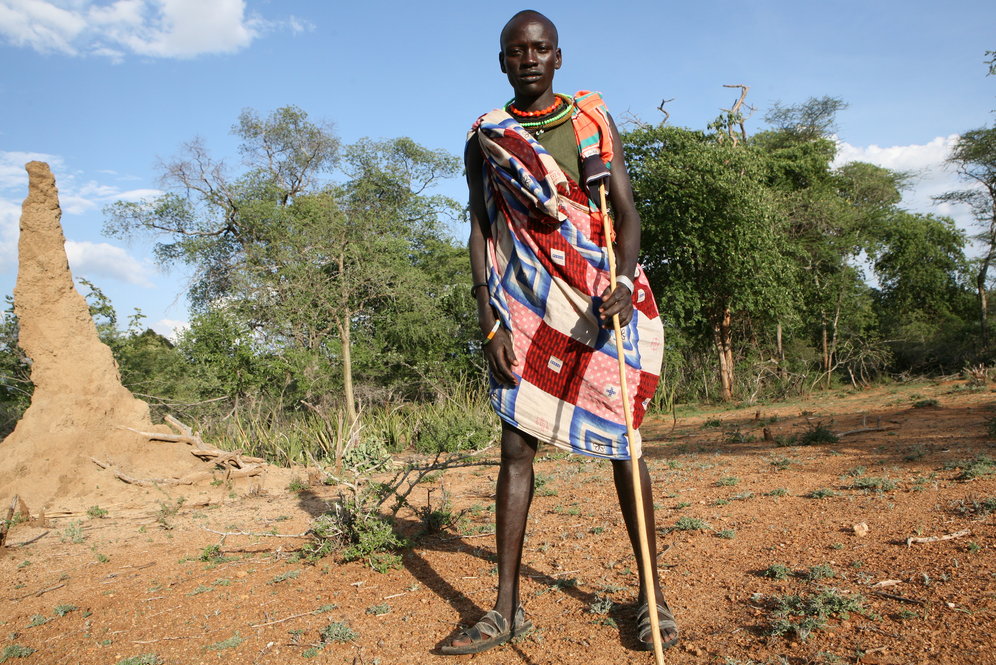
Kenya on Wednesday launched guidelines for treatment of Kala-azar that aims to boost efforts to eradicate the disease by 2025.
Jackson Kioko, the director of Medical Services at the Ministry of Health told newsmen in Nairobi that the revised guidelines on Prevention, Diagnosis and Treatment of Kala-azar provides a road map to reduce the level of exposure to the seven million people at risk of contracting the parasitic disease in six endemic counties.
“The guidelines also introduce the World Health Organisation (WHO) recommended Sodium Stibogluconate and Paromomycin combination therapy as a first line treatment for the vector borne disease,’’ Kioko said.
Kala-azar or Visceral Leishmaniasis, is characterised by irregular bouts of fever, substantial weight loss, swelling of spleen and liver, and anemia.
The treatment is currently based on pentavalent antimonials whose full treatment required injections for a period of 30 days.
Kioko said that the new drug regime will go a long way in addressing the disease burden as it has reduced treatment to 17 days hence improving drug compliance.
In addition, he noted that the new guidelines recommend use of Ambisome, for patients with special needs.
Data from the Ministry of Health indicated that approximately 2,500 people are infected with the disease annually.
Rudolf Eggers, the WHO Country Representative in Kenya said his organisation has been supporting Kenya to control Kala-azar.
“Core activities supported include procurement of medicines and diagnosis kits, training of healthcare workers on appropriate prevention.
“Also, diagnosis and case management of this disease and development of guidelines and strategies for use by healthcare workers and partners,’’ Eggers said.
In 2017, Kenya experienced an outbreak of Kala-azar in Marsabit county which the WHO, ministry of Health and the other partners coordinated a multi-agency emergency response and the outbreak was contained.










